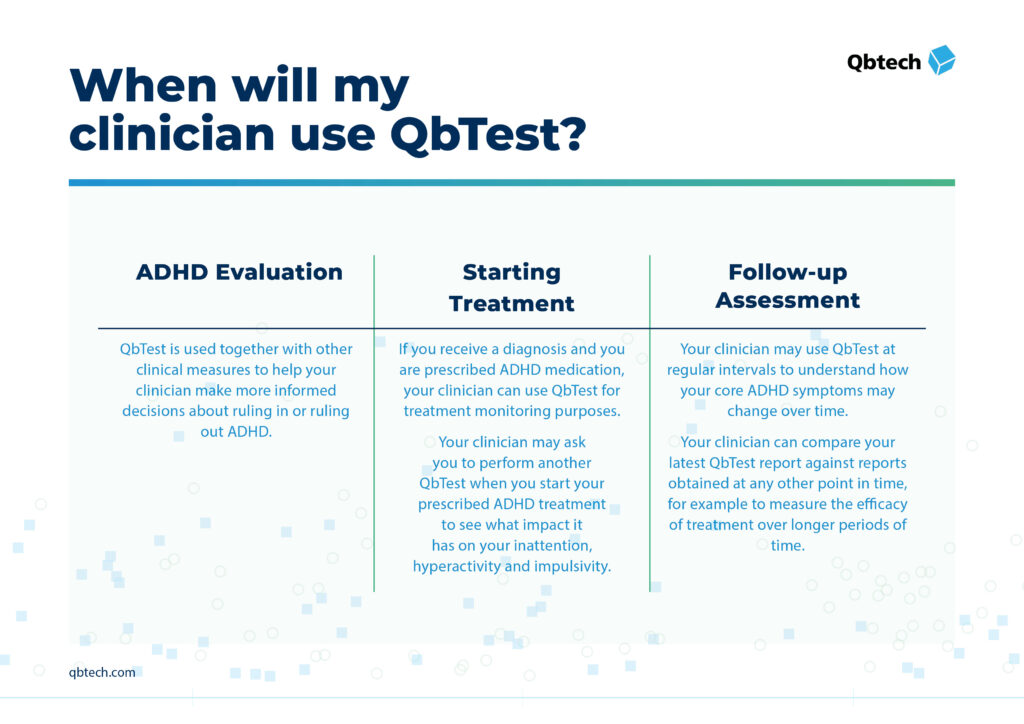ADHD
ADHD Evaluations with QbTest – what should you expect?
A diagnostic assessment for ADHD involves three main parts: gathering a clinical history through an interview with your provider, an objective measurement of symptoms using QbTest, and the completion of one or more rating scales.
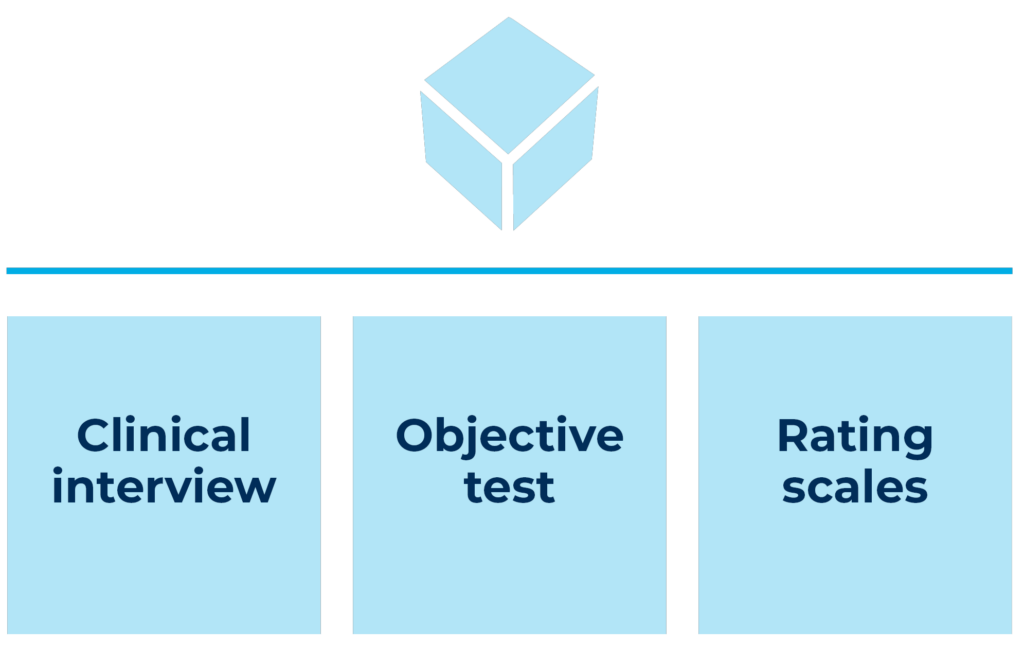
What is QbTest?
QbTest is an FDA-cleared test measuring all 3 core symptom domains; hyperactivity, impulsivity, and inattention. QbTest is used when evaluating ADHD symptoms and measuring response to ADHD treatment. QbTest involves a 15 or 20-minute computer-based task that measures your (or your child’s) ability
to maintain attention and impulse control. Meanwhile, an infrared camera tracks movements, and therefore activity, during the test. The results are based on a comparison of your (or your child’s) performance with data from other people of the same sex and age who do not have ADHD.
What does the test set-up look like?
The test equipment consists of an infrared camera, a headband with an infrared marker attached to it, a laptop, and a responder button, like so:
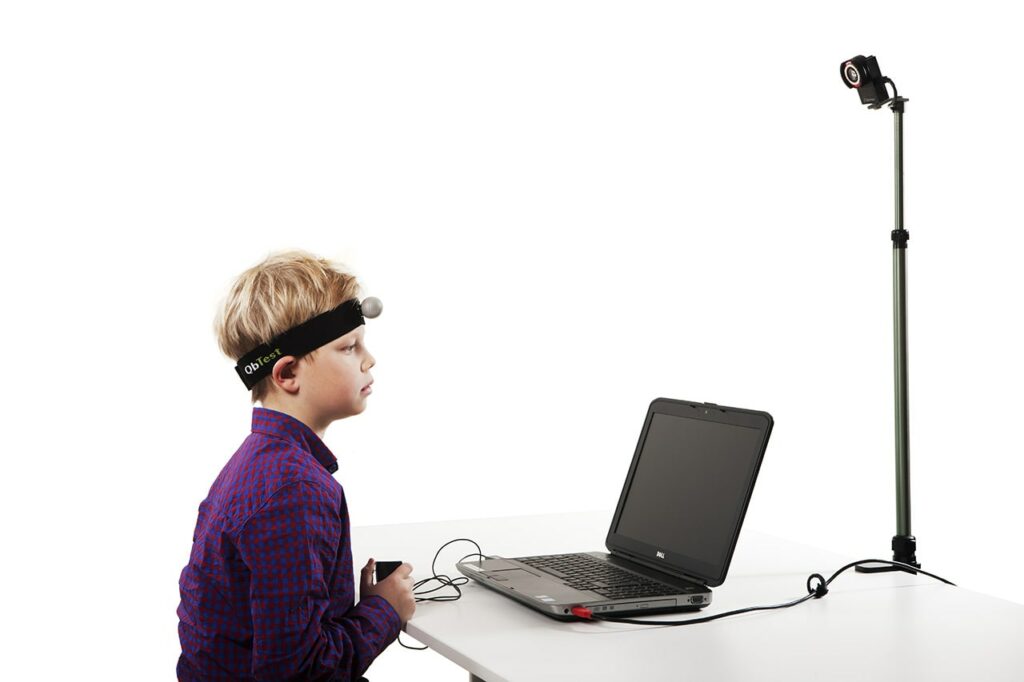
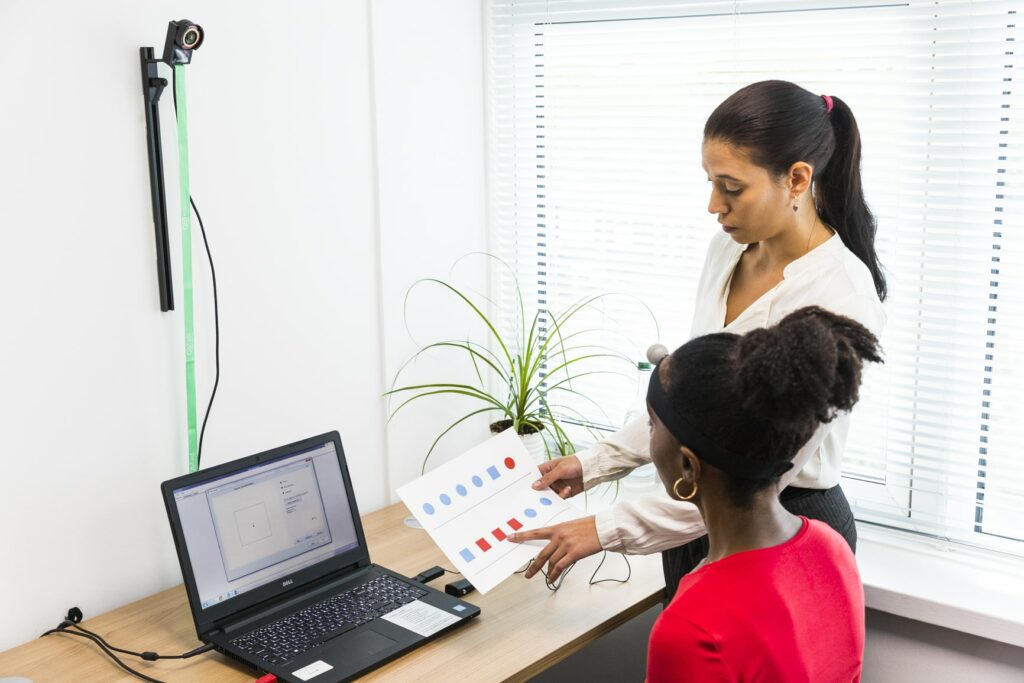
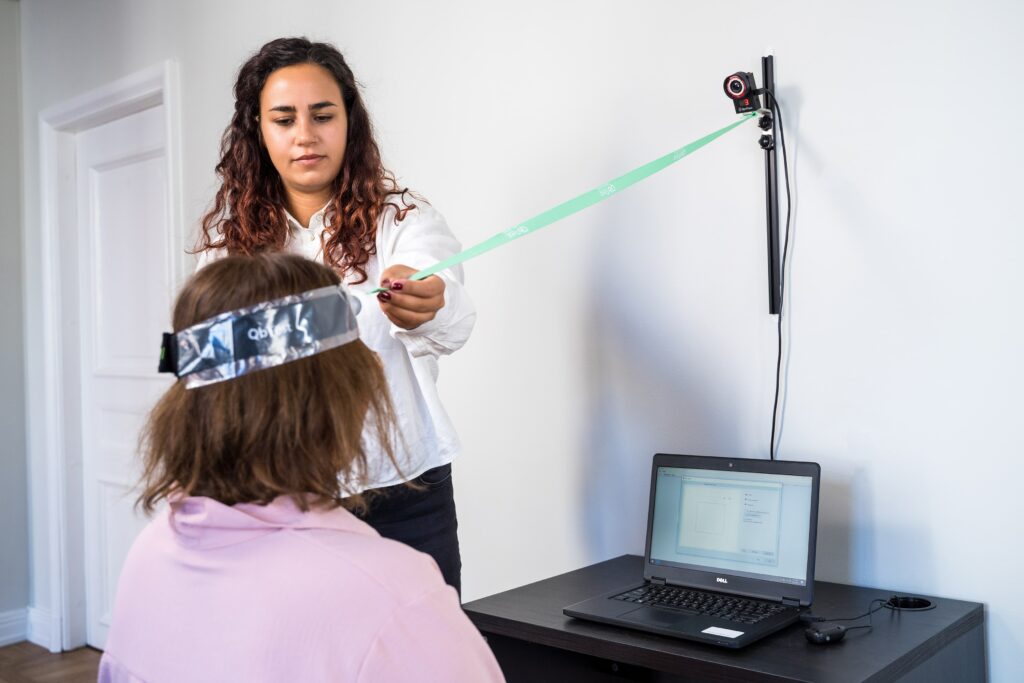
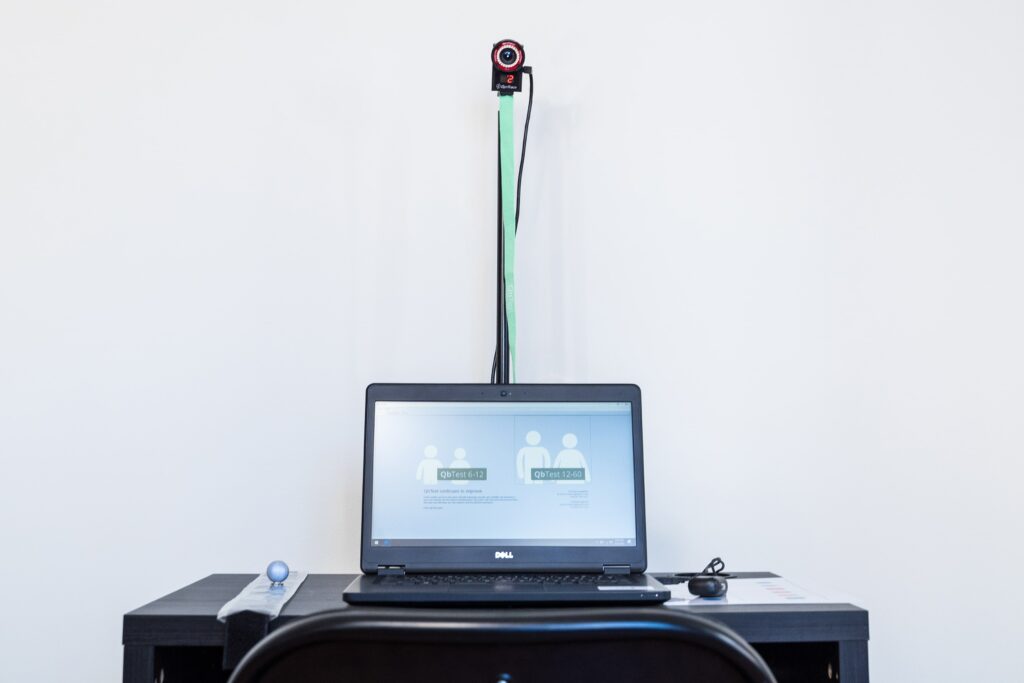
What do QbTest results look like?
Sample QbTest reports are shown below
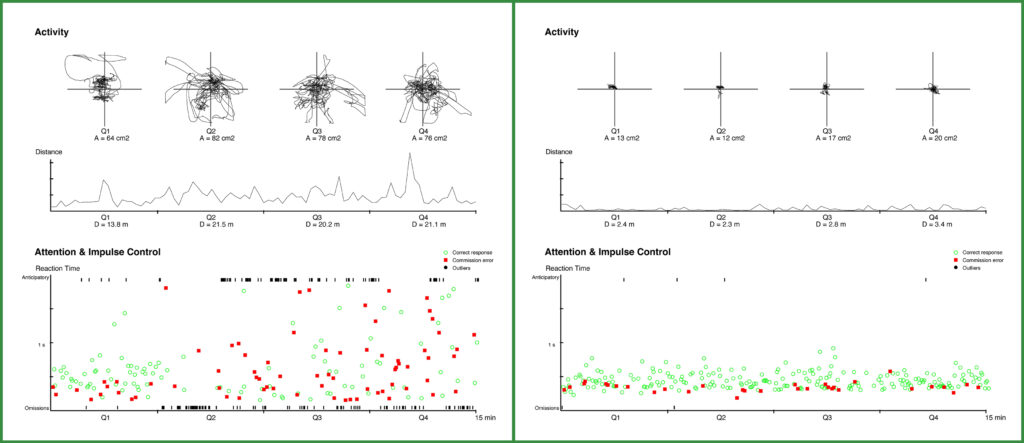
When will I receive my results?
The raw data is available immediately after the test is completed. However, your clinician must first interpret the data together with other relevant information. In some cases, feedback can be provided in the same appointment, but sometimes a follow-up appointment will need to be scheduled.
How should I prepare for a QbTest?
- Try to ensure adequate sleep the night before the test.
- Avoid consuming excessive amounts of caffeine the day of the test.
- If you are to be tested while on ADHD medication, please ensure that you take the medication as directed. Our office will schedule the test a specific number of hours after the medication is taken, depending on the type of medication.
- For a child, explain that they will be taking a test on a computer which is designed to be boring. Inform the child that they will wear a headband during the test, but that it does not hurt. They will be seated in a room by themselves, but a family member can stand outside if helpful.
How often will I take a QbTest?
Testing is typically completed in the following frequency:
